The Top 30 Social Media Rules [+Custom Tips & Tricks]
![The Top 30 Social Media Rules [+Custom Tips & Tricks]](/_next/image/?url=https%3A%2F%2Fwordpress.peppercontent.io%2Fwp-content%2Fuploads%2F2021%2F09%2FThe-30-Most-Common-Social-Media-Rules-Which-Ones-Are-Real-Which-Ones-Are-Breakable.jpg&w=1536&q=75)
Several constitutions define our rules in the physical world, and it’s equally important to have a rulebook for the same audience interacting online. After researching intensively, we have put together a list you may consider in your social media community guidelines handbook.
Social media etiquette helps protect your reputation and make a noticeable change in how you interact daily. First, you’ll be going through a one-size-fits-all list of social media rules and then a few custom tips and tricks for each platform.
Let’s begin.
Essential Social Media Rules and Guidelines
- Stay true to your primary communication. Don’t divulge political advice if you’re the owner of a dating application that talks about good relationship practices.
- Set a tone of voice for all your responses and messages that you put across. A good brand always feels more like a person and less like a product. If you aim to be a friendly brand, find ways to showcase the same.
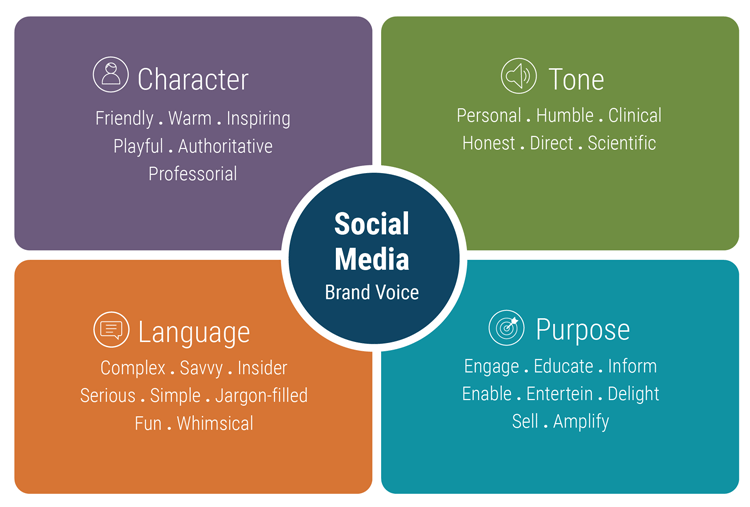
- Don’t be overly promotional. 80% of your content should be informational and valuable to your audience. It should be built to engage and give value to their time, and 20% of it should be to sell your product.
- Don’t overuse hashtags. Hashtags might have been a trend a decade ago, but they do more harm than good to your posts. Stick to 2-3 hashtags that are consistent across all your posts. If it is a Facebook post, no hashtags will provide better engagement.
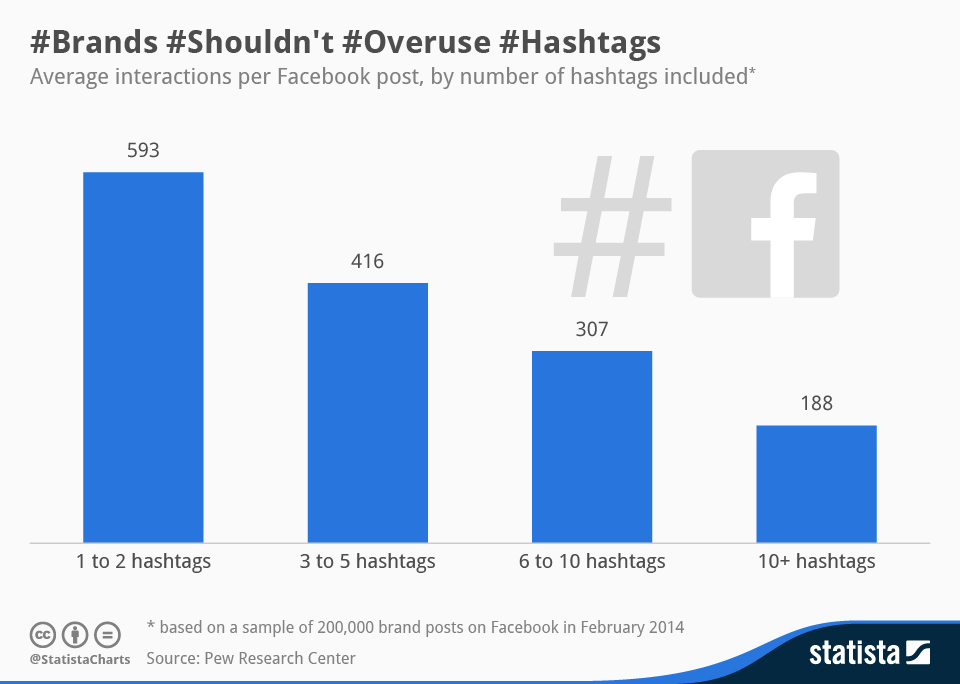
- Always check your grammar. Nothing’s more embarrassing than wrong grammar when trying to sound sincere. There are tons of websites and applications to help you re-check (read Grammarly, Hemingway, and so on).
- Don’t jump onto every trend. While the bandwagon of trends and topicals might feel highly relevant to your brand, relating to each one of them might make your brand start sounding a bit irrelevant and all over the place.

- Always give credit where it’s due. Social media may seem like a giant pool where you can copy-paste content easily, but it’s always good practice to reference your content.

- Don’t get into arguments. Don’t attack someone for not being “woke.” Saying that you’re aware of issues and asking someone to read up is very easy, but the bullet may backfire because you might not know everything. Thus, it’s better to educate yourself and keep the platform lively for oneself.
- Don’t forget to interact with your audience. Interactivity will get you brownie points on social media and instantly boost your engagement.
- Be generous with lighting for your photos. Lighting is the unsung hero of posts with enormous engagement on social media. A few pictures taken in natural sunlight or a well-lit area can significantly affect your posts.
- Don’t post something that has no value. Getting into posting might become addictive and give a false sense of growth, but every post should be accounted for (Does it offer value? Is it in line with your brand’s communication? Is it helping you achieve your sales goal?)
- Check for legal issues before posting. This might not apply to many brands and accounts, but make sure you do not endorse hate against a community or promote harmful practices. A solid digital mandate and a legal advisory always help in this regard.
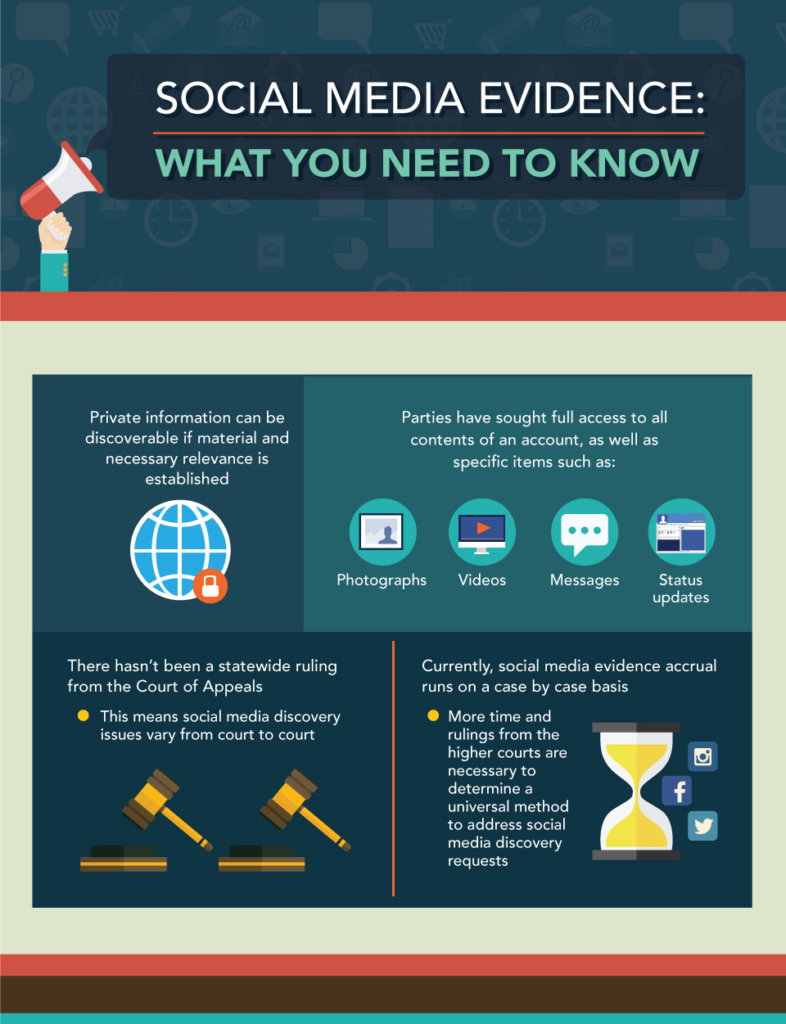
- Be consistent. A great way to engage with your audience is to be visible to them, which only happens if you don’t let your account collect dust for months.
- Look out for customer input. An excellent way to define what to communicate is by tuning in to what your audience says.
- Be open to conversation. Try to listen to different views and read up on issues that interest you before typing out an opinion online.
Now that you have a basic template highlighting social media rules and guidelines for all platforms let’s get more focused and dive into the nuances of maintaining social media etiquettes on common sharing platforms.
Rules for Instagram
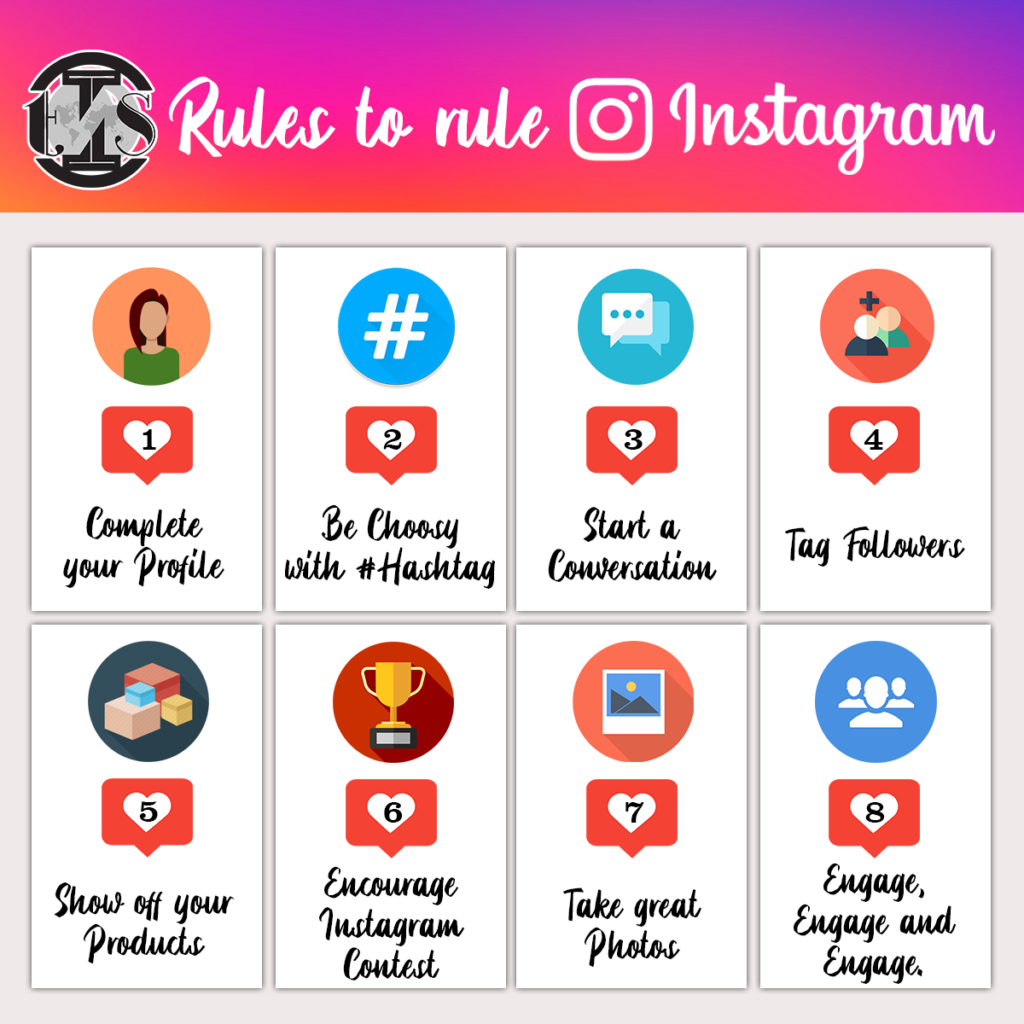
1. Don’t buy your followers
It never works out. The followers you will buy are usually inactive/bot accounts that don’t add to engagement and do more harm than good for your page’s visibility.
2. Don’t overuse hashtags
Using the correct hashtag is often much better than using tons of them which seem relevant. Pick 2-3 hashtags that best serve your brand’s core values and use them consistently.
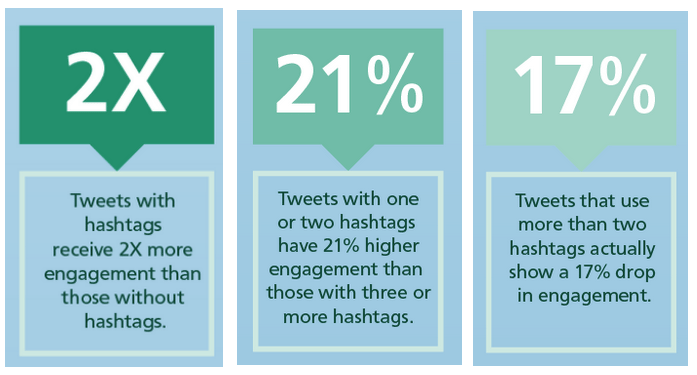
3. Be a conversation starter.
Consumers love accounts that are authentic and speak up when it’s necessary. Try to adopt a tone of voice that serves the platform you have well.
4. Don’t make it a barter system.
Don’t ask for likes in place of likes and followers in place of the following someone. This will get exhausting for you and create a bad image for your brand.
Rules for Facebook
1. Fill out descriptions for your posts and photos
Before posting anything online, make sure you fill-up the meta descriptions (even if they aren’t visible to your audience). This boosts your photo or video to the algorithm and makes it more desirable to be promoted.
2. Don’t like your own photos
Don’t do it. It never helps you with the amount of engagement you get and overall feels like a cheap trick.
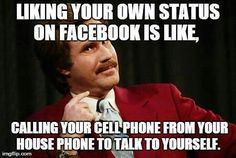
3. Don’t depend on organic reach to gain followers
While trying to build an organic reach is a noble task, it rarely ever works out. If you haven’t established your brand in the marketplace, promoting your posts (as a beginner on the platform) is an excellent start.
4. Be aware of new and upcoming Facebook tools for content creators
Facebook has a lot of hidden ways and tools built for content creators to engage with their audience. They have tons of features and ways to engage and make exciting content.
A good rule would be to revisit Facebook guidelines every quarter to see how you can play around with the platform and use it to your advantage.
Rules for LinkedIn
1. Have a professional photo
A professional photo always acts like a cherry on the cake for LinkedIn users. It makes it look more legitimate. If you’re a brand trying to reach out to prospective employees or gain clients, having a professional logo as your photo is always a must to get started.
2. Keep it professional and simple.
Posting on LinkedIn can often get confusing because what one considers relevant might be the opposite for others. Always use it for professional purposes and to make connections, not friends.
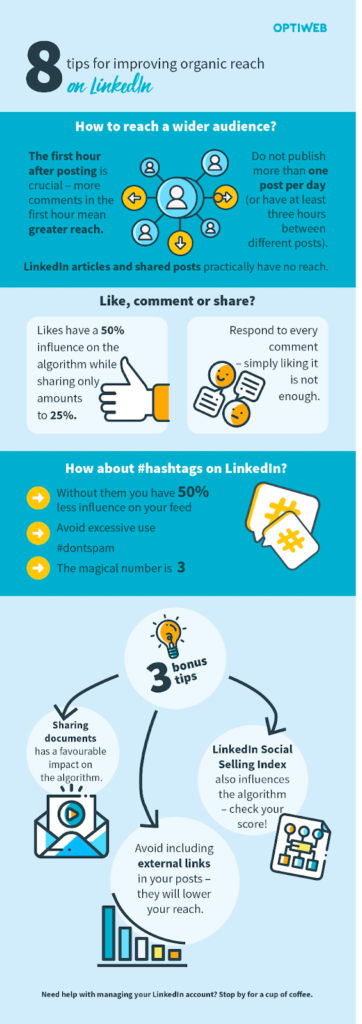
3. Drop in a message for important connections
While interacting with every connection might get exhausting, dropping in a message while connecting with someone important to your professional life is essential. Keep it formal and keep the conversation alive when you talk to them.
4. Don’t misuse the platform.
LinkedIn often gets misused by its users. Some people share memes, and some even flirt with their connections. Never indulge in such behavior and keep the platform only on a utility basis.
Rules for Twitter
1. Don’t write a paragraph.
It’s called a microblogging site for a reason! The best way to conquer the art of tweeting is by saying more in less. While Twitter allows for a generous 280 characters, try keeping your tweets short and to the point.
2. Don’t overshare
Tweeting might seem like a completely harmless activity when you have less engagement. Even thousands of likes might feel safe. It can get easy to overshare and spread your life story on Twitter and leverage likes and replies as a form of satisfaction, but there’s no good ending.
3. Always mention that your tweets are personal opinions
It’s good to mention that everything you tweet and retweet is your personal opinion and is not endorsed by your company or employer. This might seem unnecessary, but the most insignificant tweet can get you into trouble!
These guidelines for social media platforms are applicable to other platforms, such as Pinterest, Youtube, Tumblr, and Flickr. However, remember that different platforms have different audiences and should ideally be used for various purposes. For example, a personalized email helps build product consideration for a B2B service than other types of content marketing.
Personalization is slowly becoming a mainstay in maintaining long-term relationships with your customers. Given that the foundation of wowing your target audience lies in knowing them inside out, the most critical social media posting rules become knowing your customer and remaining hyper-relevant.
This is not just limited to the content strategy and managing the tone of communication but also entails:
- Maintaining differentiation: While following trends and topical themes is excellent, ask yourself if they are really relevant to you.
For example: Is the global Black Lives Matter movement from this year relevant to an Indian brand?
- Manage posting timings: Does your target audience check social media in the mornings or evenings?
- Manage the content format: Does your target customer prefer to read a detailed blog on his way to work or check a quick infographic on Pinterest while grabbing a snack?
- Choose the right platforms: Would you find baby boomers on Instagram?
In Conclusion
This comprehensive list of 30 social media rules and regulations should hold you in good stead when posting on social media. These rules for using social media responsibly will keep you in your customers’ good books and become a strong reason for them to introduce you to their friends.
So what are you waiting for? Keep these unsaid social media community guidelines in mind, and you will soon start building not just good but great relationships with your customers.
Key Takeaways
- Look to engage and entertain customers as a part of your social media strategy.
- Reuse and promote your posts to get the most of your best ideas.
- As much as possible, share facts and figures only after credible research.
- Maintain a professional yet warm tone.
- Add a line or two to your images and videos to build context.
- Know your customer and operate around him.
- Stay in touch with your co-brands, colleagues, and partners.
- Use different platforms for different purposes.
- Different brands need different guidelines for social media.
FAQs
The top 5 unsaid rules for using social media responsibly for businesses are:
Keep your content relevant
Be consistent with your language and communication
Look to add value rather than sell
Avoid arguments at all costs
Don’t overuse hashtags
Social media rules and guidelines help a brand maintain its image and stay true to its personality/customers online by ensuring consistency in communication, tonality, and more across platforms.
Creating a social media template for your brand involves aligning your social media profiles communications, documenting the brand’s tone and voice, creating posting and image guidelines, and deciding how to respond in certain situations.
Some key content buckets brands can build on social media are –
Sharing promotional information (discounts)
Posts showcasing the company culture
Customer reviews and testimonials
Posts highlighting product/ service features
Industry news and achievements
1. Don’t like your own content.
2. Don’t depend only on organic reach.
3. Don’t be a spammer
4. Don’t use all caps
5. Don’t abuse hashtags
Latest Blogs
Learn how to rank on AI search engines like ChatGPT, Perplexity, and Gemini by optimizing your content for authority, structure, and relevance. Stay ahead in AI-driven search with this strategic guide.
Explore the best healthcare SEO services for your medical practice. Improve online visibility and effectively reach more patients in need of your services.
Discover top social media agencies specializing in banking solutions, enhancing financial services and driving engagement.
Get your hands on the latest news!
Similar Posts

Artificial Intelligence
5 mins read
Enhance Your Writing Efficiency: Must-Have Content Writing Tools for Marketers

Marketing
5 mins read
9 Key Strategies To Increase Twitter Reach

Marketing
6 mins read